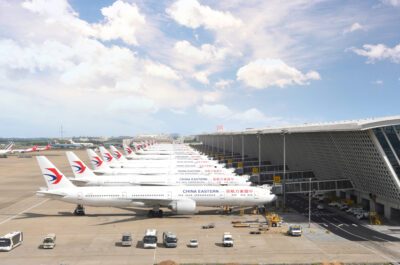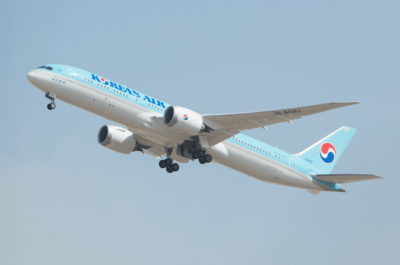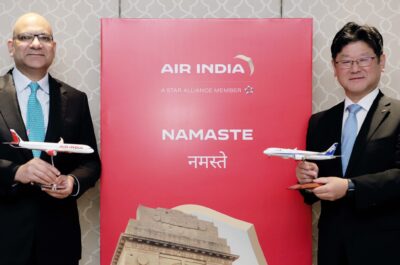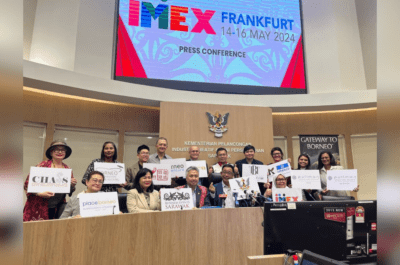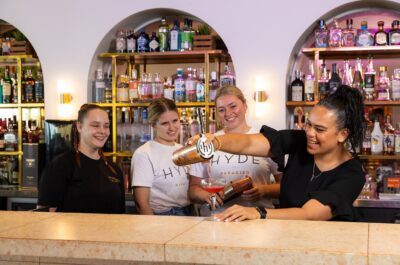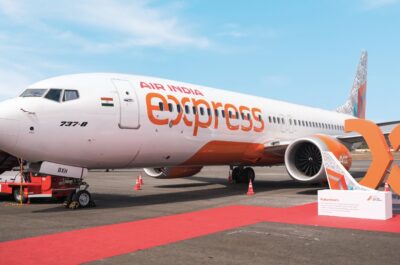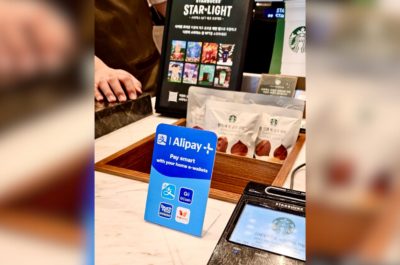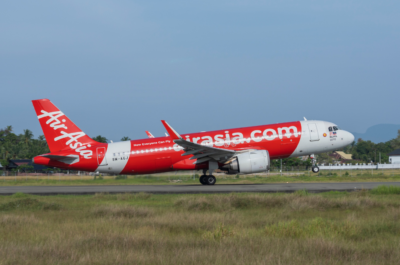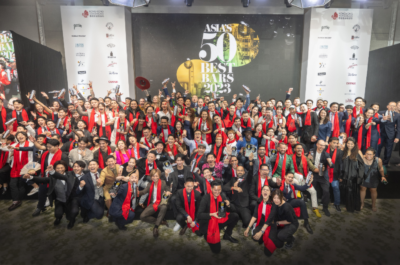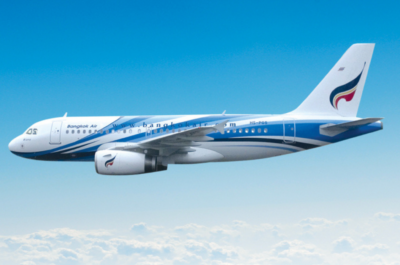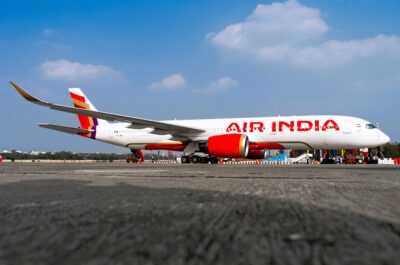Roy Graff, MD of ChinaContact, reflects on the 10 years since he first worked in China as Head of Independent Travel for GTA.
It has long been the established knowledge that to succeed in China you have to spend big and commit huge resources for business setup and marketing. Global tourism corporations such as GTA, Kuoni, TUI and international hotel chains have poured millions into the market and some have waited years to see a profit back. As the Chinese outbound tourism industry evolved over the past 10 years, these global giants still dominate much of the mass tourism market for outbound travel. However the amazingly accelerated pace of growth in outbound travel (up to 80 million this year from just 16 million in 2002) has now created a completely different environment which is open also to smaller companies and tourist promotion bodies with a limited budget.
When I chose to study Mandarin Chinese in 1994 I didn’t exactly have a career path planned out, but it came in handy later when in 2001 I approached my directors with the suggestion that they send me to China to develop their wholesale travel business there. The Chinese outbound travel industry in 2002 was centralised, limited, overly regulated and almost exclusively business groups and official delegations. My mission was to show travel agents that they can make money from independent travel reservations online and grow the long haul travel market where we would make the most profit. The Approved Destination Status tourist visa program was just starting to add destinations (the EU got ADS in 2003, Britain in 2005) and most travel agencies did not even allow their reservations staff access to the internet. Jump forward 10 years and the change that we witnessed is simply staggering. The adoption of online marketing and distribution has allowed virtually any supplier to gain a foothold in the market, regardless of their physical presence in China.
Because the market in 2002 was centralised in the hands of a few very large travel agencies, there was only space for a limited number of suppliers. Itineraries for group travel tended to be identical and Chinese tourists were regarded as very low budget and likely to not get off their tour bus to even enter attractions. When I started speaking publicly about the Chinese market in Europe in 2005, only a handful of tour operators with Chinese ownership or staff were interested in this market. The media began hyping the potential of the market but most companies just observed and shrugged – it seemed not to be a profitable market considering the big changes needed to their services and products.
Fast forward to 2009, the global economic crisis and drying up of many traditional tourist markets. Suddenly China became the only growth source market seemingly unaffected by the global woes. By 2011, it became obvious to most destinations that Chinese spend, and spend big. They may not fit the same profile of affluent travellers from other countries, with many choosing cheaper hotels and low cost meals to have more cash to spend on retail goods for example. But the number of repeat visitors and intrepid travellers has risen and with it the demand for diverse products and destinations. Not only Western Europe and USA are paying attention – so do countries in Africa and South America that are participating in Chinese travel trade shows and starting to prepare their industry to adapt to the Chinese visitors.
What makes the story much more exciting now, is the ability to connect with both customers and travel agents through the internet. Online adoption and usage in China is massive, with now more than 600 million internet users, most of them also using social media. Online inspiration and research is cited as a top determinant in travel choice in repeated surveys. The cost of marketing online is very affordable and makes a lot of sense in such a geographically expansive country. It is important to realise that it is not sufficient to simply translate your existing digital marketing and social media campaigns. The cost and time it takes now to launch a campaign in China puts it within the reach of most companies and regional/city tourist boards that want to stand out of the crowd and connect with their target demographic in China.
The approach I think works best is to begin with the story – why would Chinese people find your place/tour/hotel/product compelling? We use research and cultural understanding to identify and develop the offering in a way that Chinese customers would connect with it. It may or may not be the same as what attracts other nationalities. We are helping our clients understand who are the customers and what they care about before developing the strategy and creating the campaigns in China.
I have been striving now for 10 years to bring down the barriers in communication, culture and business practices between China and the West. There is still a long road ahead but I think that the message is now very clear. I am encouraged by the desire of so many of our clients to really understand the Chinese market and hope to see many more smaller players active and thriving in providing diverse (but suitable) experiences to Chinese visitors.
Born of dedication and passion for the growth of China’s tourism industry, ChinaContact was launched in 2005 by Roy Graff, considered a leading expert on the luxury and independent tourism and hospitality sectors, e-commerce and digital marketing in China.
ChinaContact work with national and regional tourism promotion boards, luxury hotel chains, tour operators, technology companies and event companies on strategies and implementation of China market entry. This includes advice and training, strategic planning, marketing plan development, production, translation, digital marketing and traditional marketing implementation, sales and distribution.



